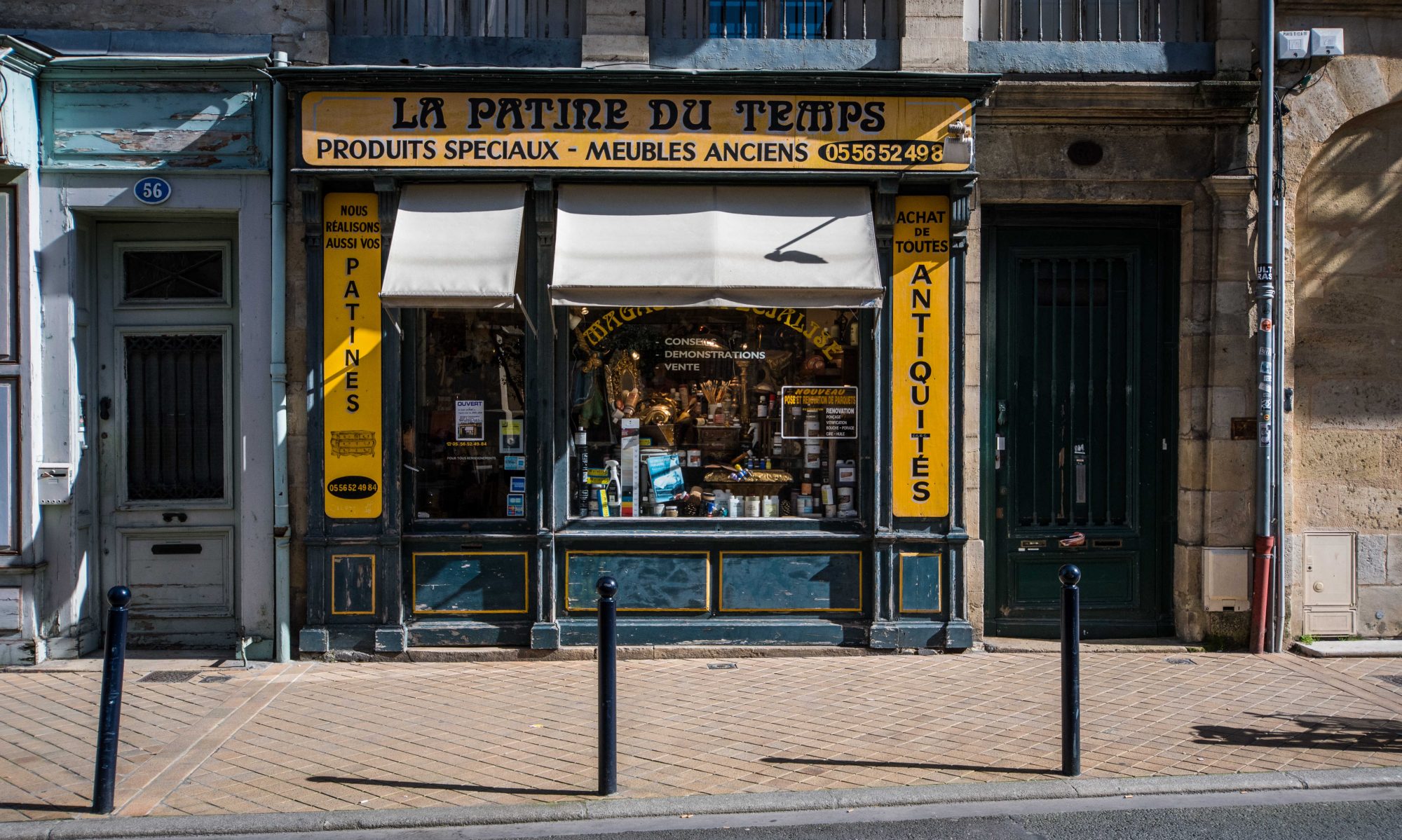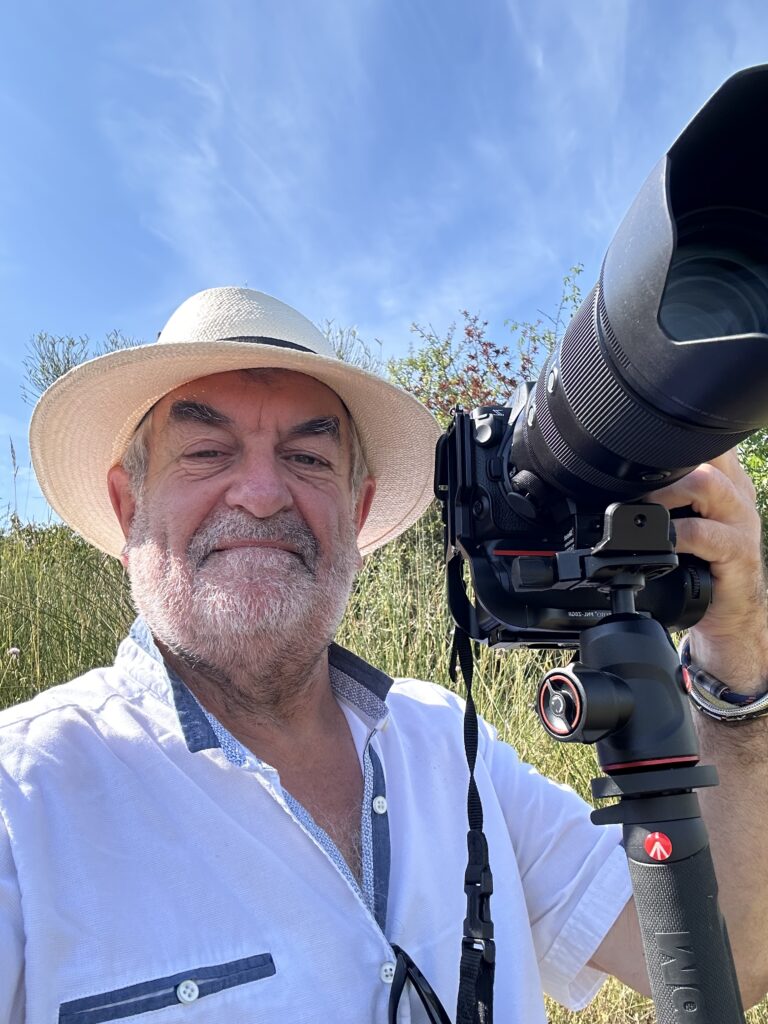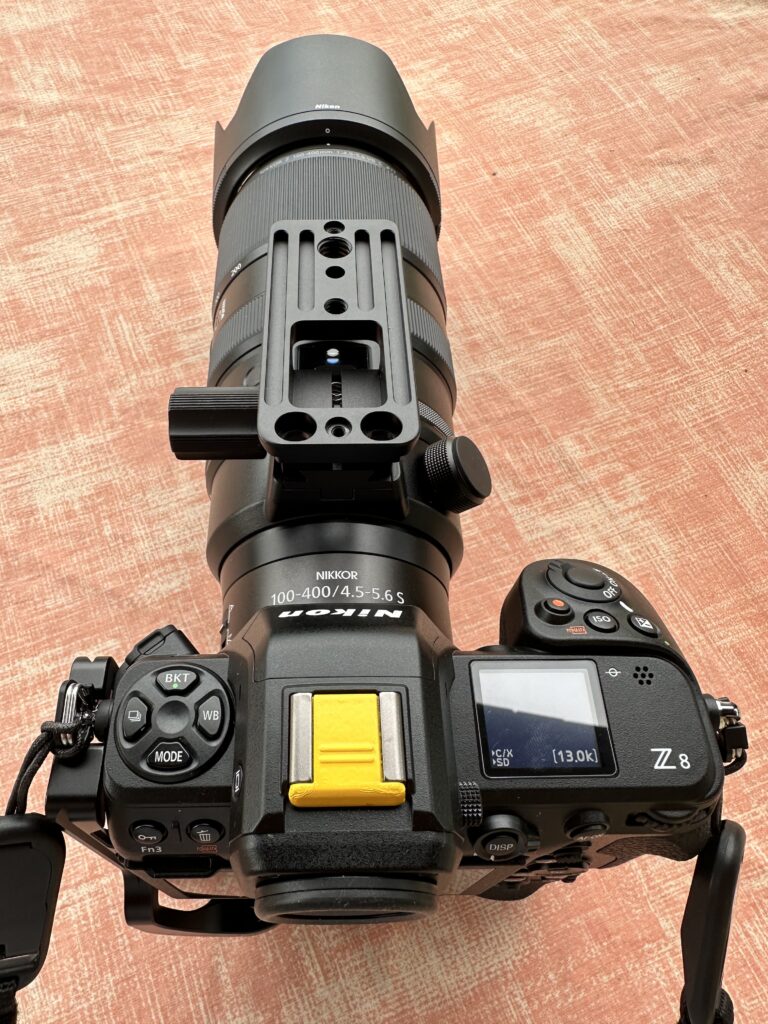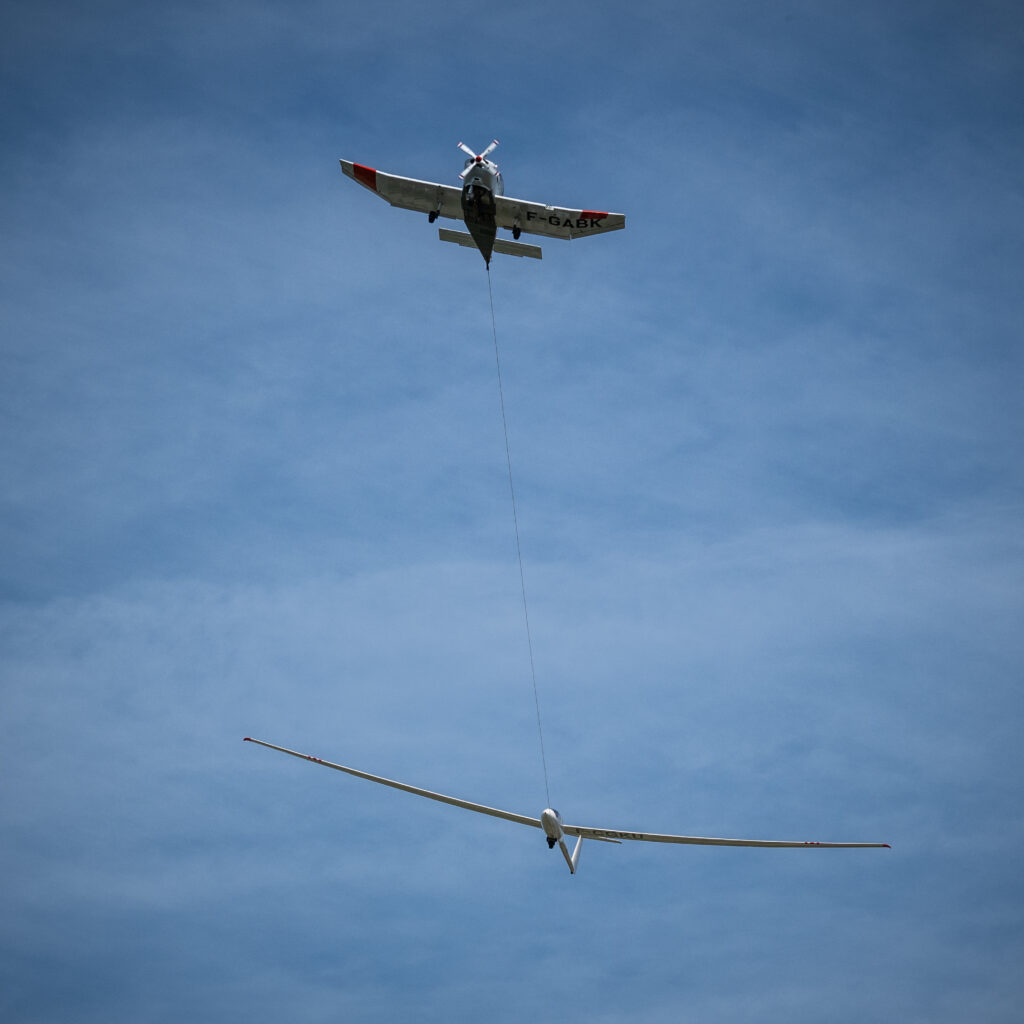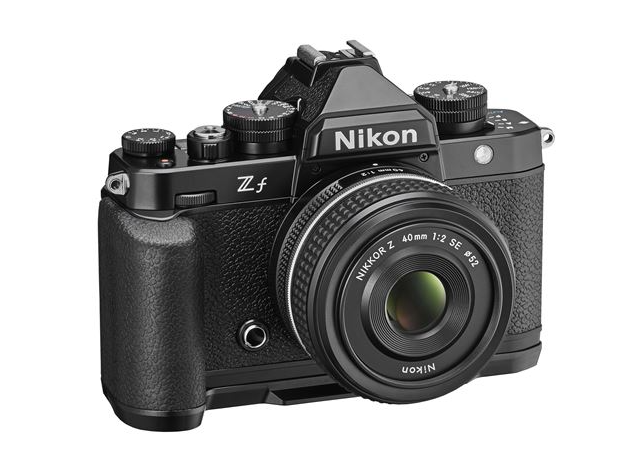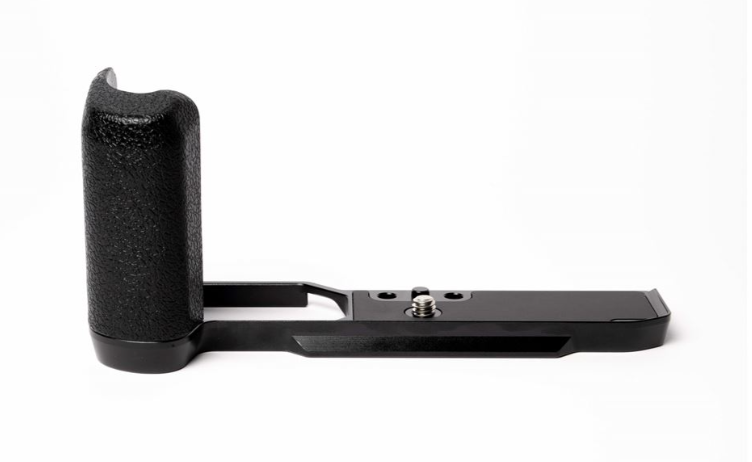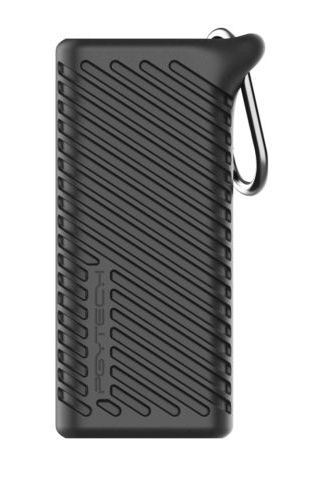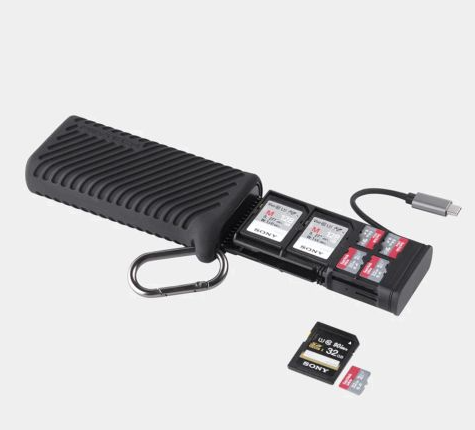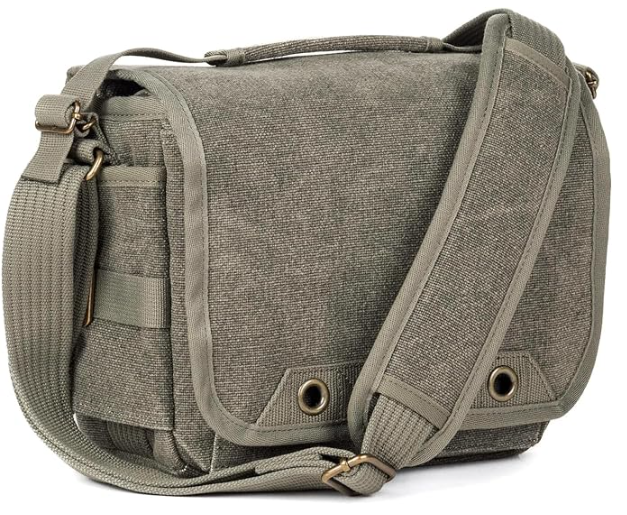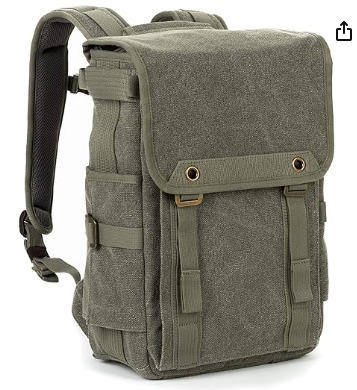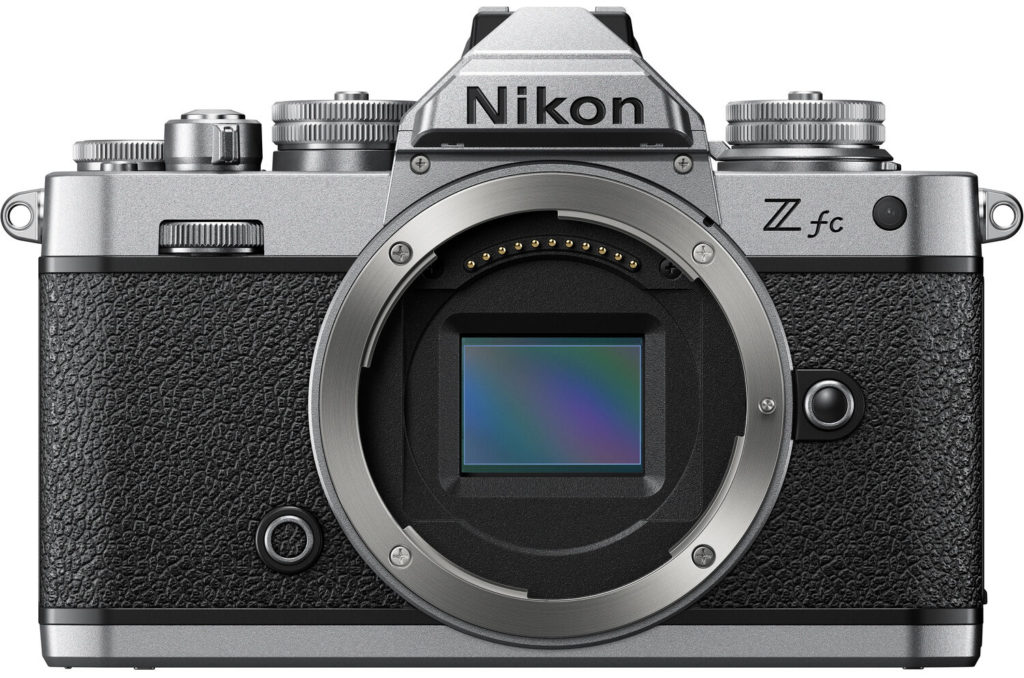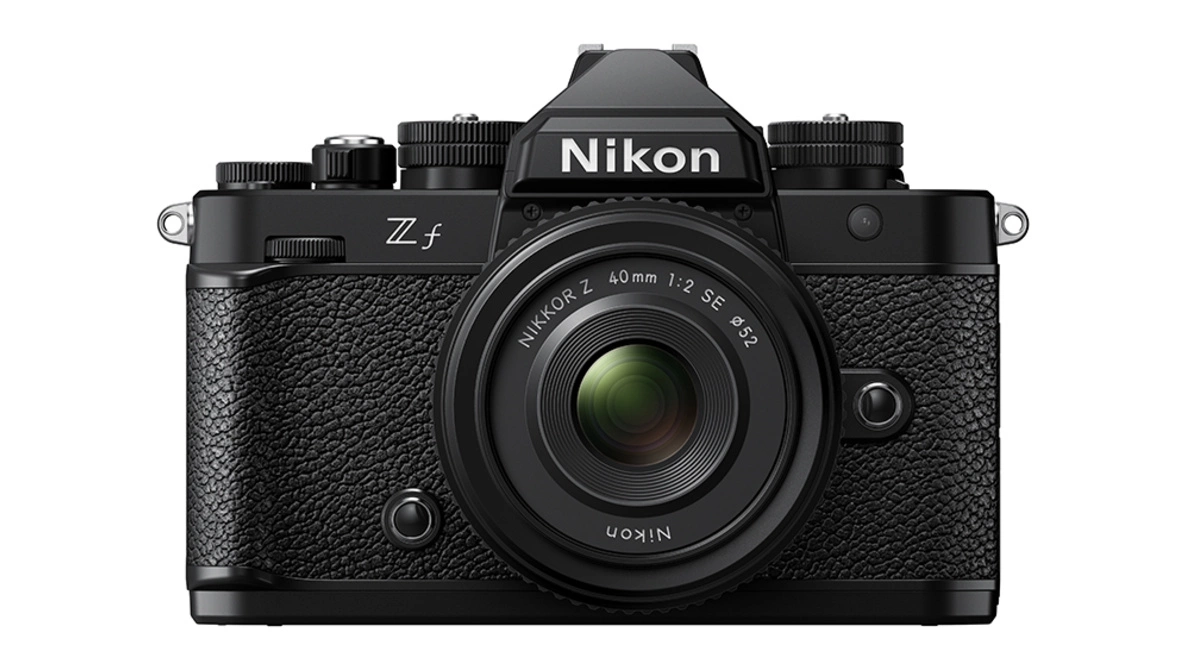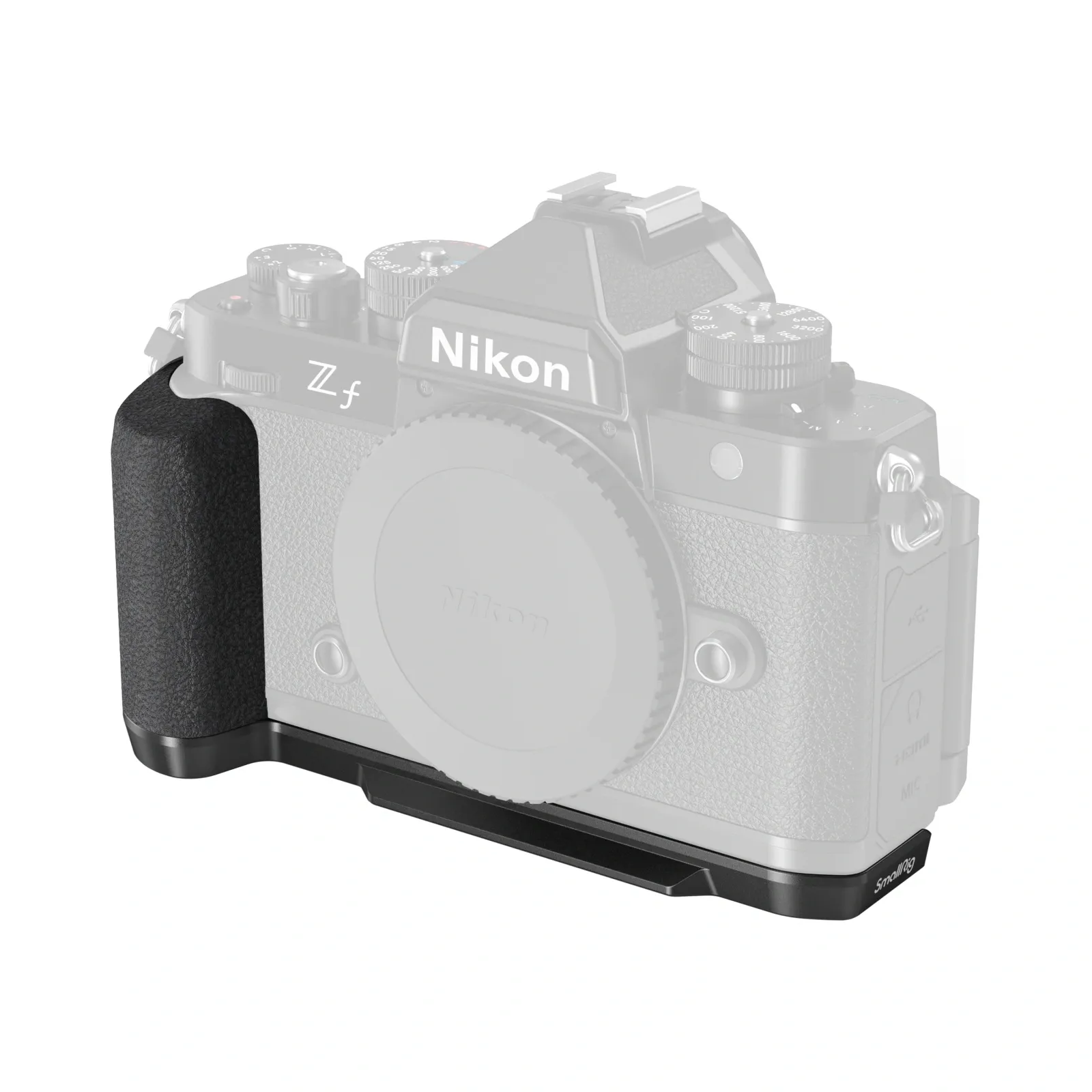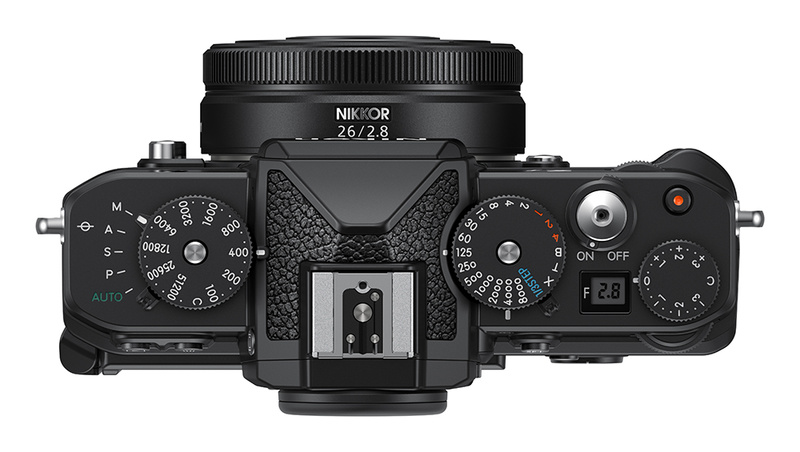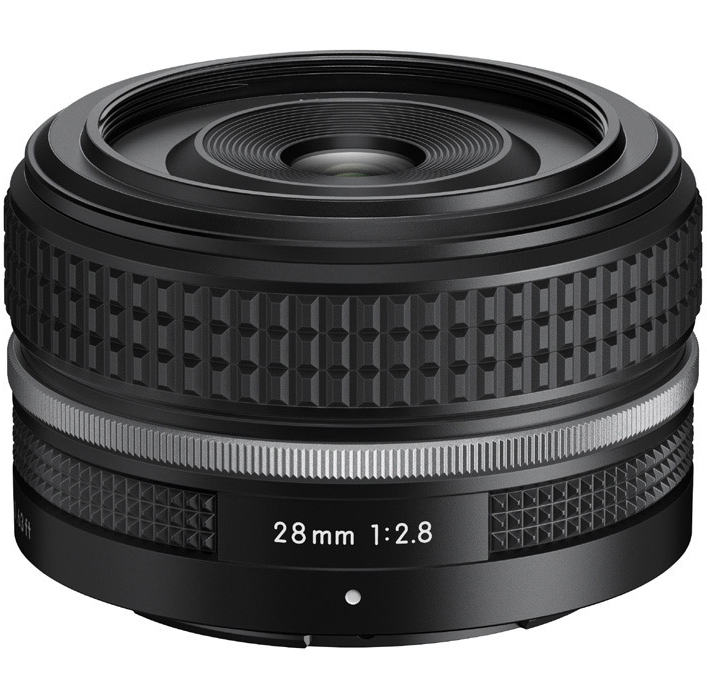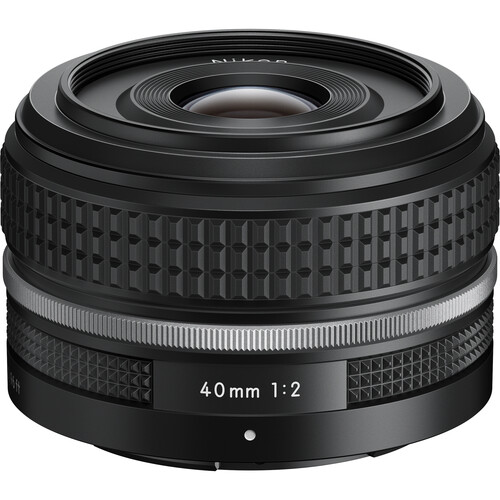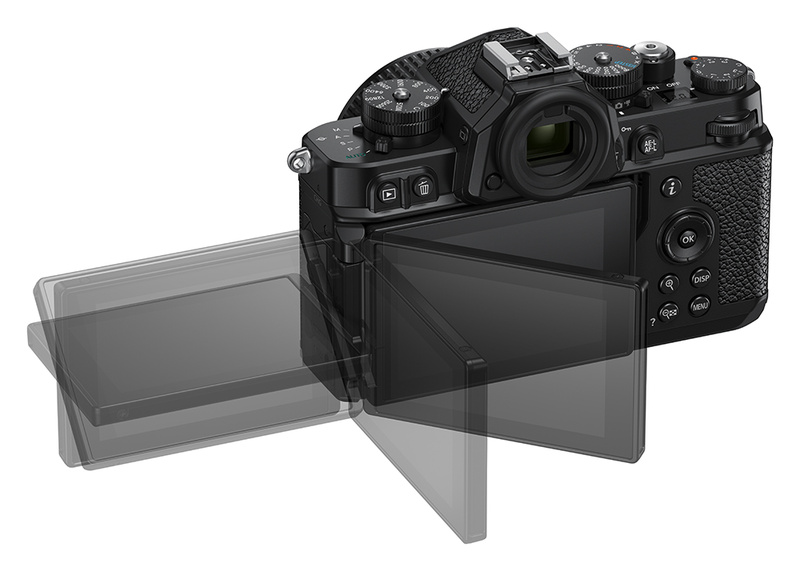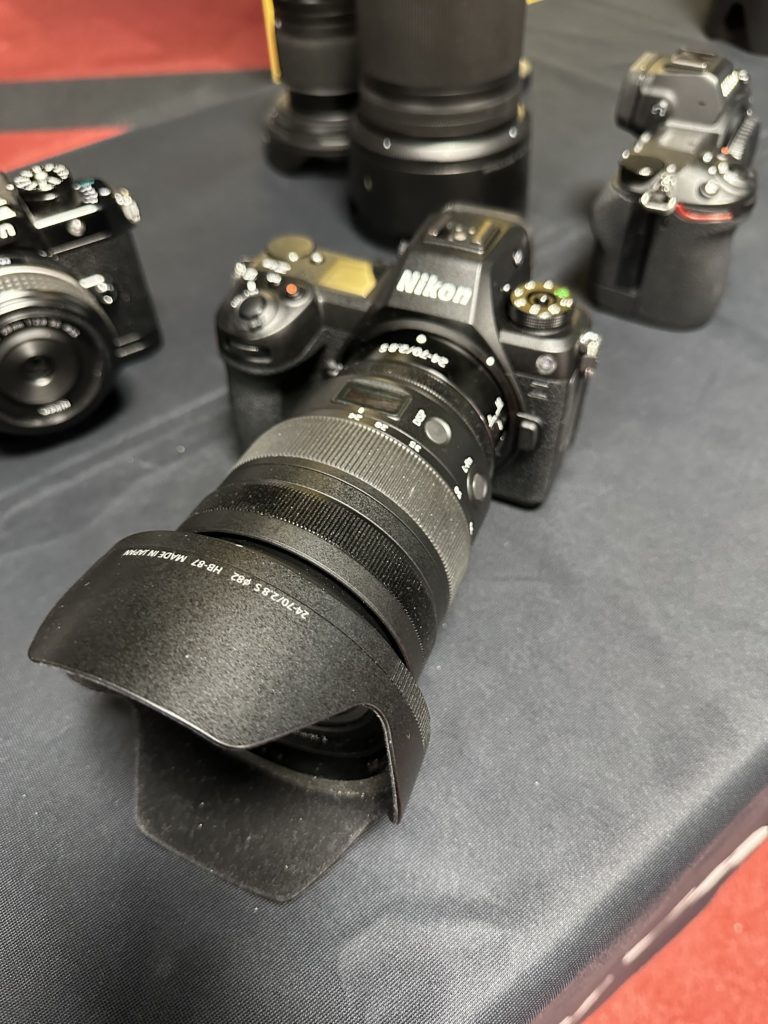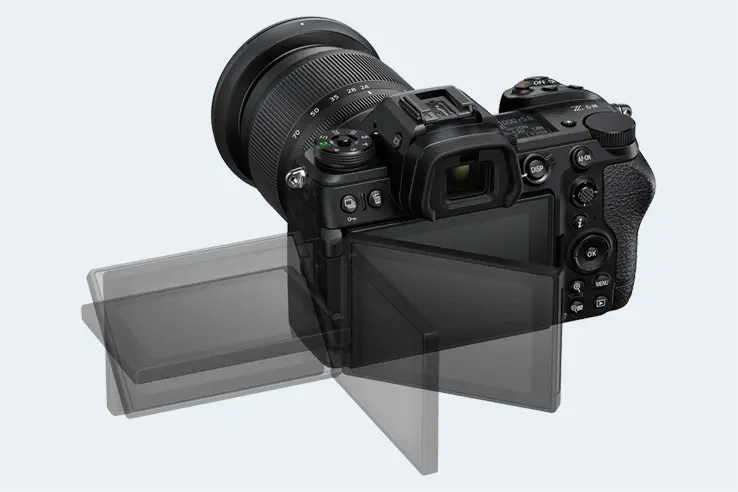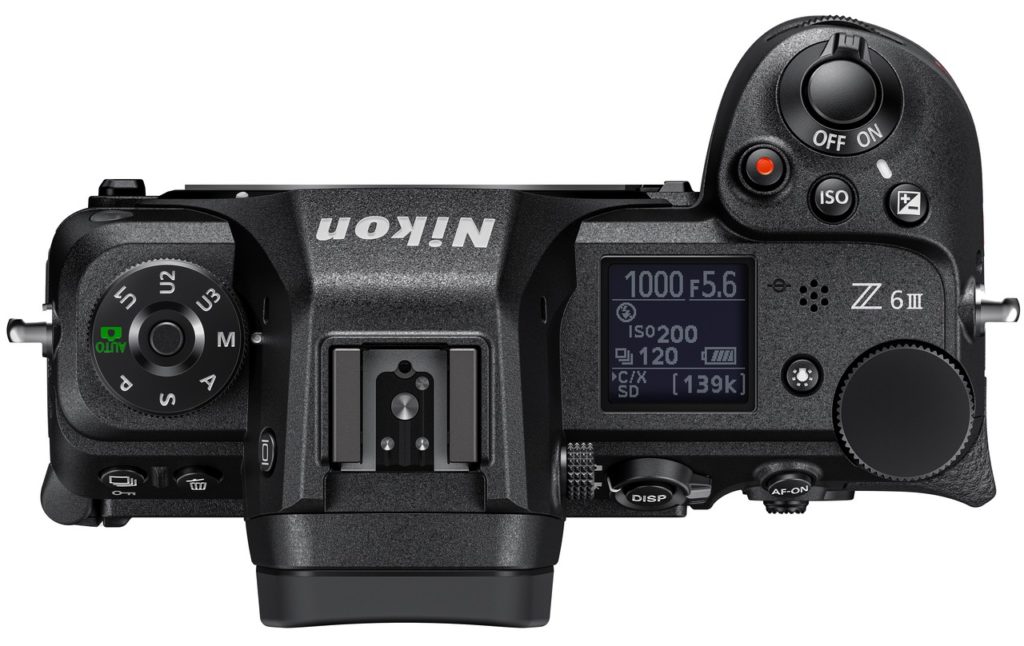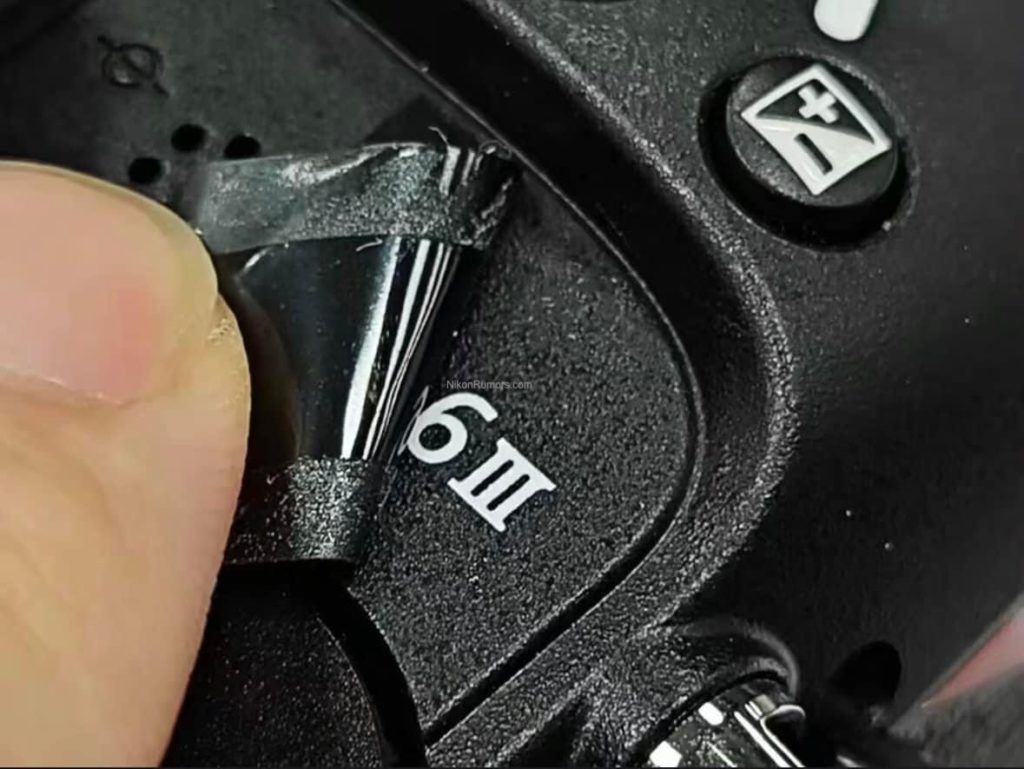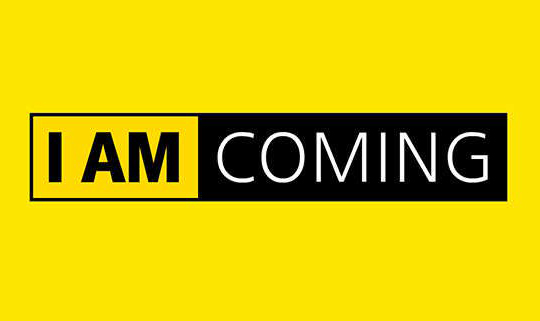The sad bit is getting back, trying to get all the sand from between the toes, and struggling back to work…
No sand this year, but two weeks almost exclusively transported by train! (Well ok, we also needed three days of rental car to have a little flexability to be able to wander the highlands)
So, RYANAIR who, true to ‘cheap’ form asked one of the stewards to land the plane and we all thought the under-carriage was going to break through the fuselage… to Edinburgh from Toulouse. Simple flight – waiting for the bags took as long as the flight itself, but by mid afternoon we were in Falkirk – our destination for the first 8 days of our stay.
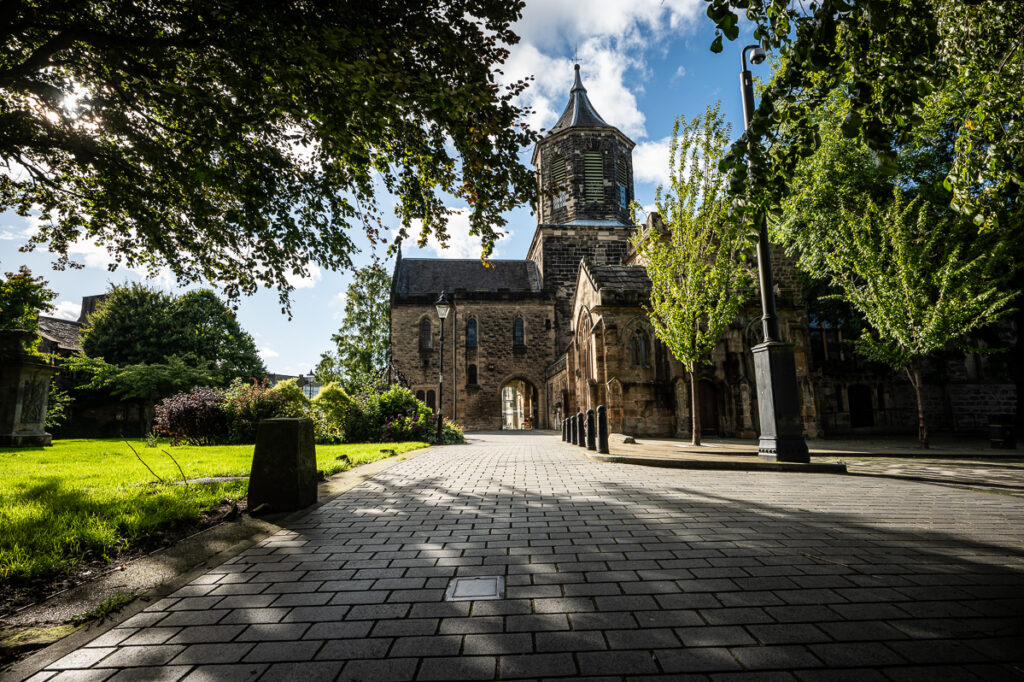
Interesting place with a population of roughly 35,000 – nice people, good grub and beer – what more can a man want??
One of the sights to see is the Kelpies – these are huge horse-head sculptures which, according to Wikipedia were built « to reflect the mythological transforming beasts possessing the strength and endurance of ten horses. The Kelpies represent the lineage of the heavy horse of Scottish industry and economy, pulling the wagons, ploughs, barges, and coalships that shaped the geographical layout of the Falkirk area.«
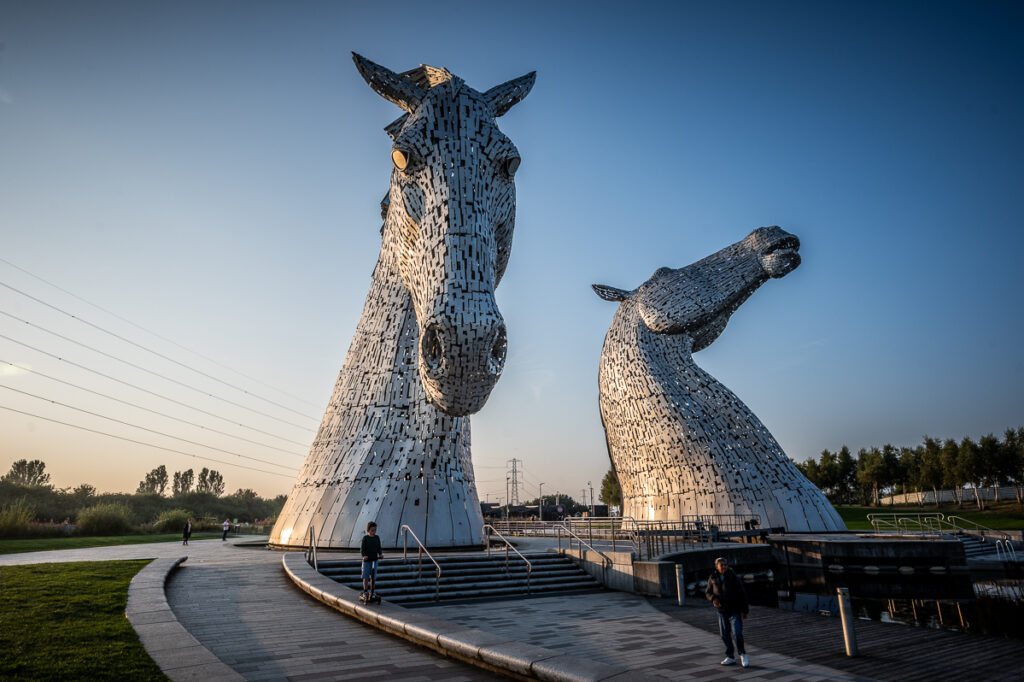
Falkirk is also known for the Falkirk Wheel – this is West of the city on the Union canal and is designed to allow the canal boats to overcome the 30m difference between two parts of the canal, without the need of many locks.
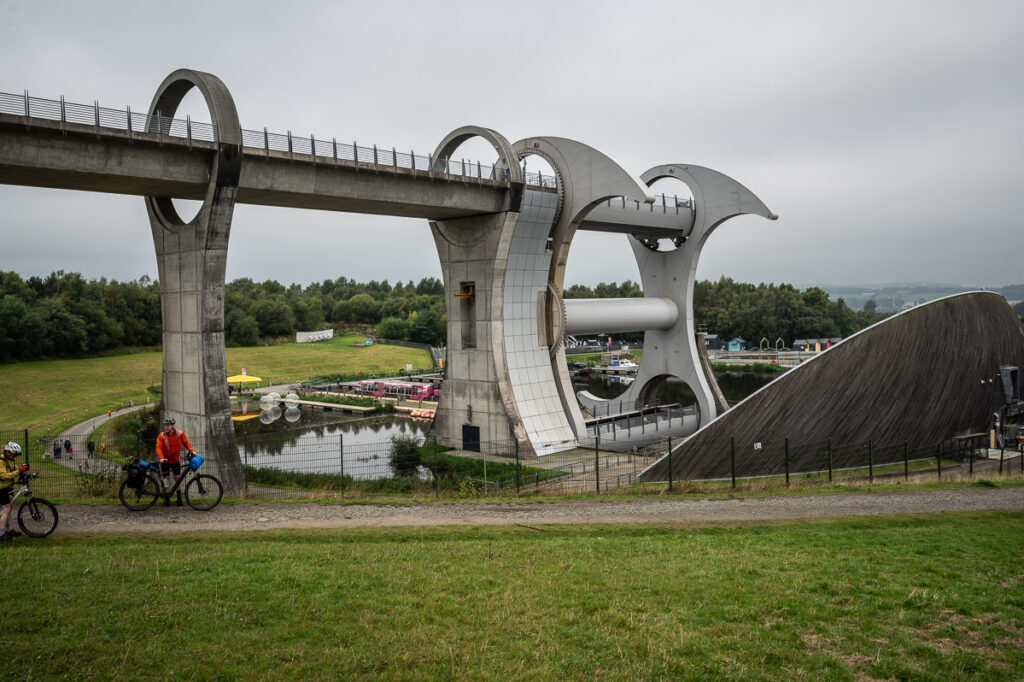
We were lucky enough to see this in action – quite a feat of engineering – simple but very effective.
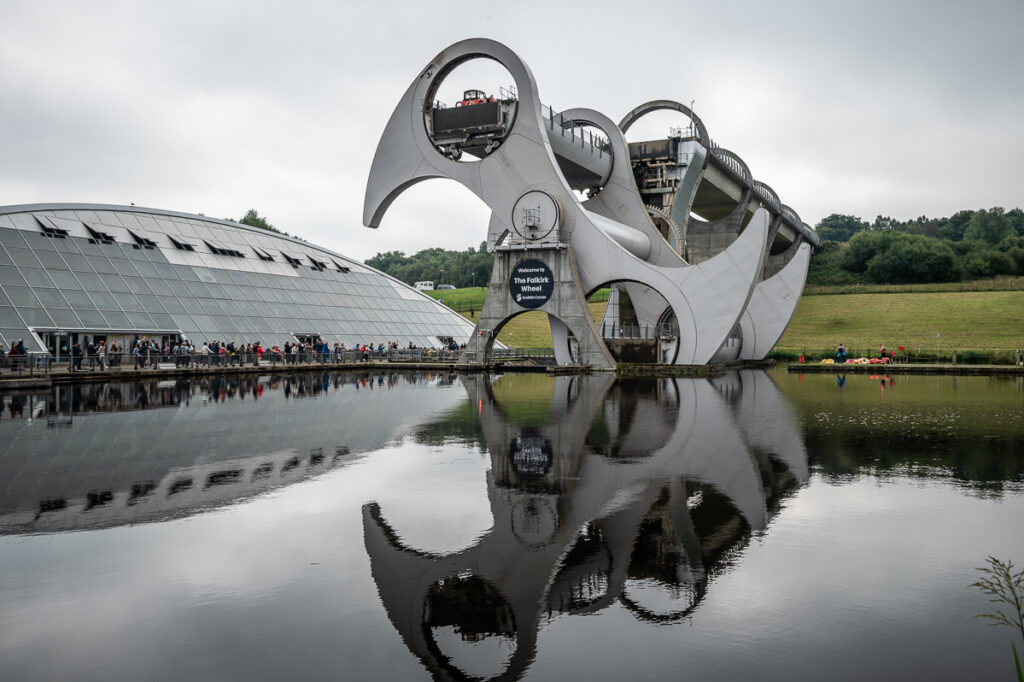
The ‘pod’ containing the canal boat is nearing the top of the arc in this image.
We used this week to visit Edinburgh and Glasgow, as Falkirk is almost exactly halfway between the two cities.
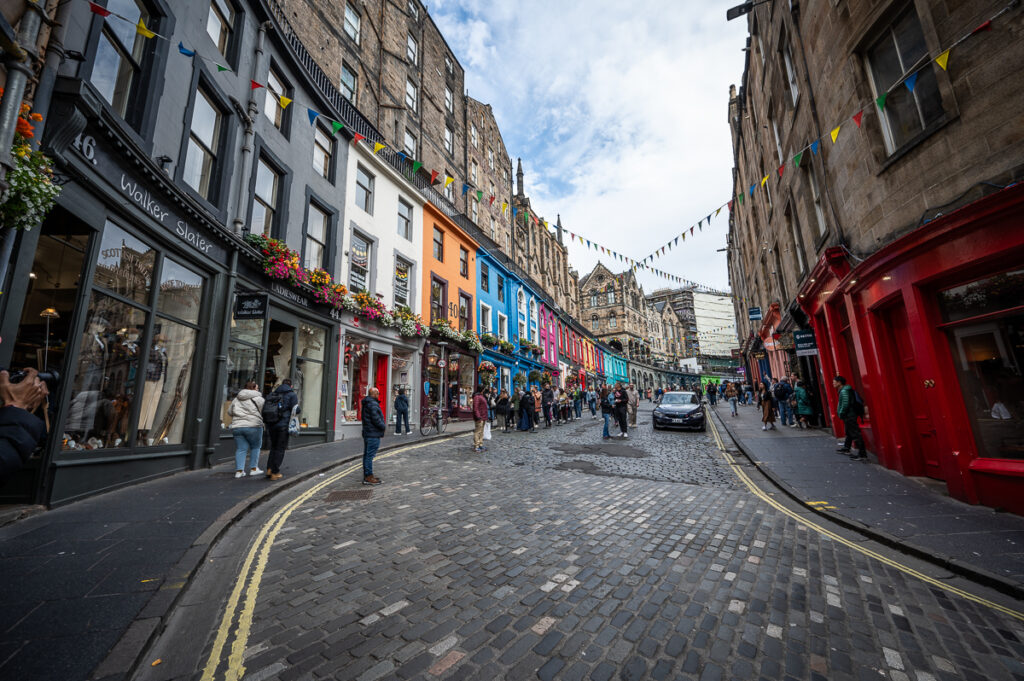
Victoria Street, Edinburgh
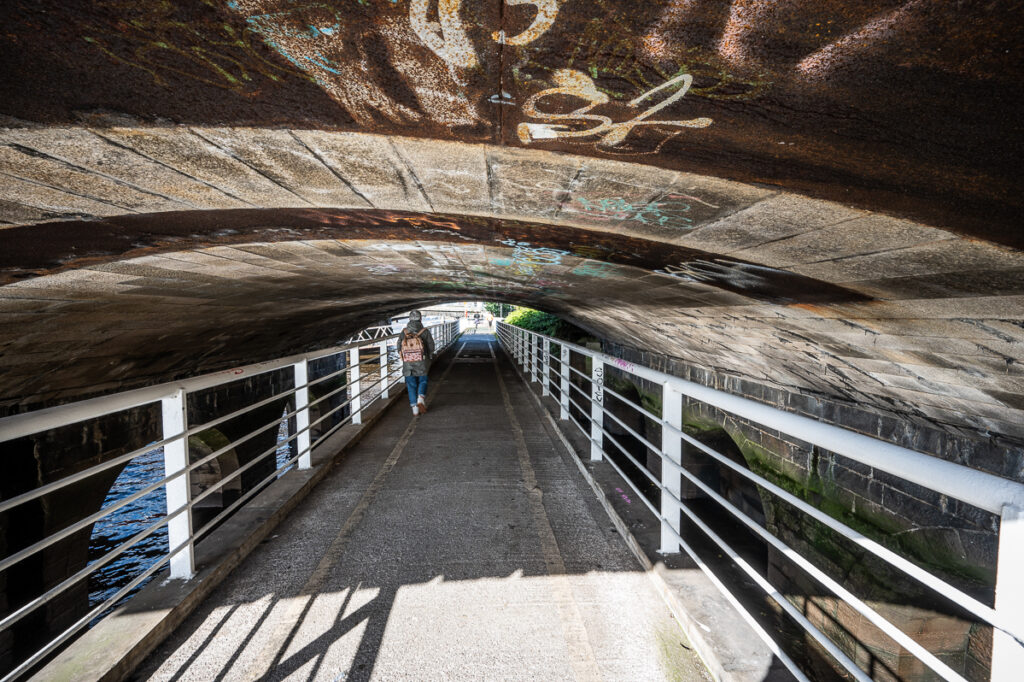
The river Clyde, Glasgow
While we were in Edinburgh, we took the train over my fathers favourite construction – the Forth Bridge – we got off at North Queensferry and walked around breathing in the history of this part of Scotlands railway heritage.
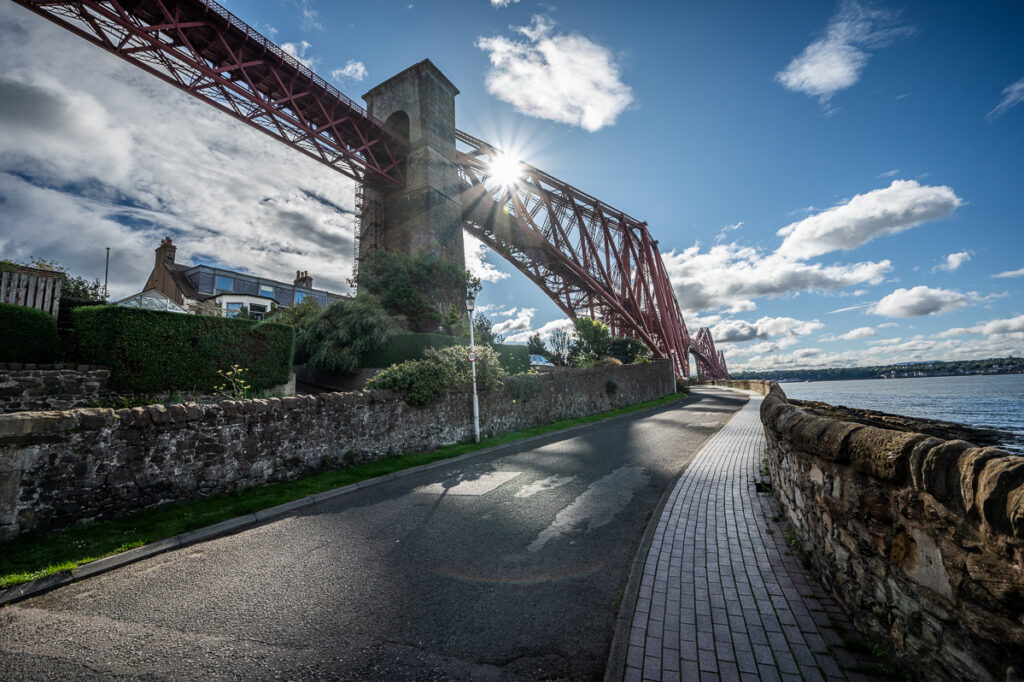
Many more sights to see, but we were off to the West, and Fort William – we had an appointment with a very special train…
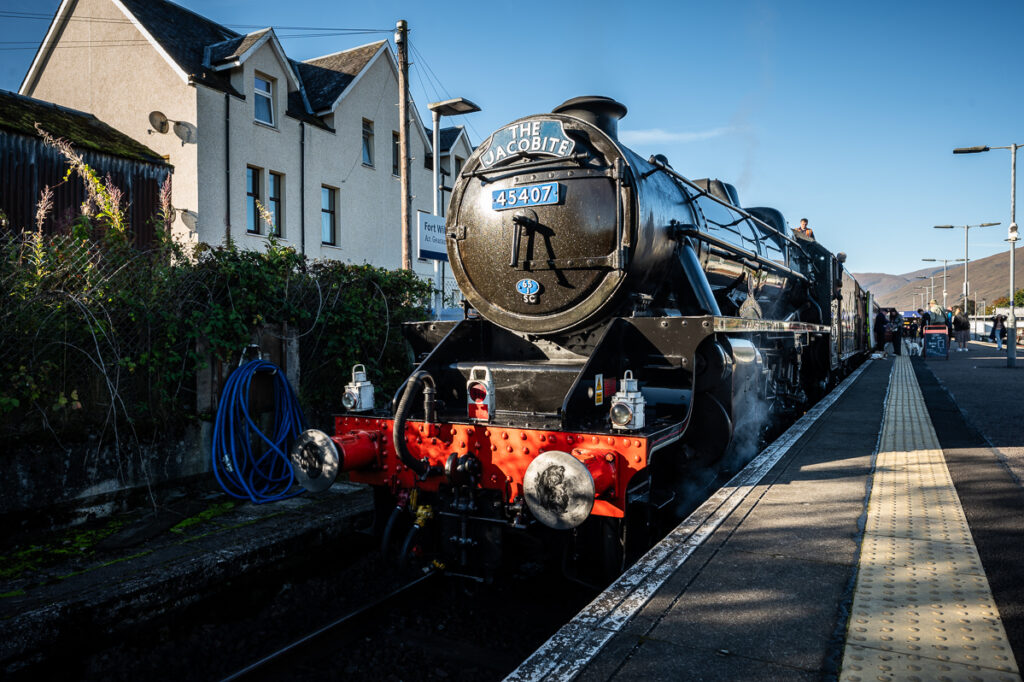
This is the Jacobite (one of two) which travels from Fort William to Mallaig twice a day – it was used as a prop for one of the Harry Potter films and now the company that runs it charge way over the top for a 4 hour (return) journey. Sadly we were obliged to listen to the life story of a VERY loud American woman with an enromous rear – the two Americans sitting with us were embarrased and made it very clear that all Americans were not like this one. Two hours of « Yaw Yaw Yaw »
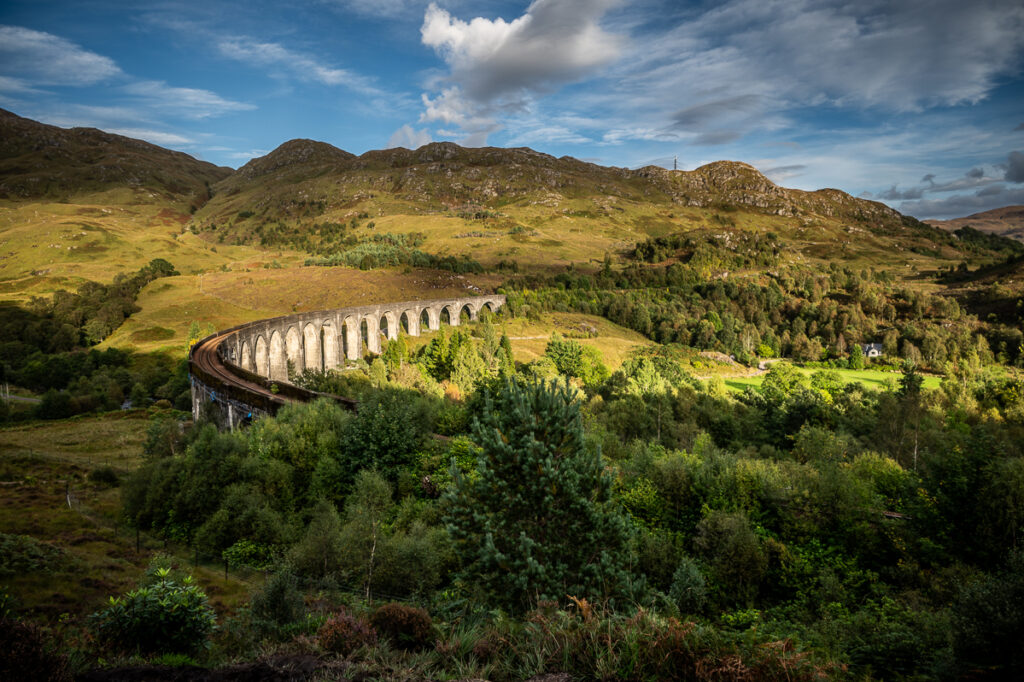
This is the famous Glenfinnan viaduct overwhich a Ford Anglia can be seen flying in the HP film! We visited the viaduct a couple of days before taking the train – people were all over the hills waiting for the passage of the train from Mallaig to Fort William.
Fort William is on Loch Linnhe – and our guesthouse overlooked the loch.
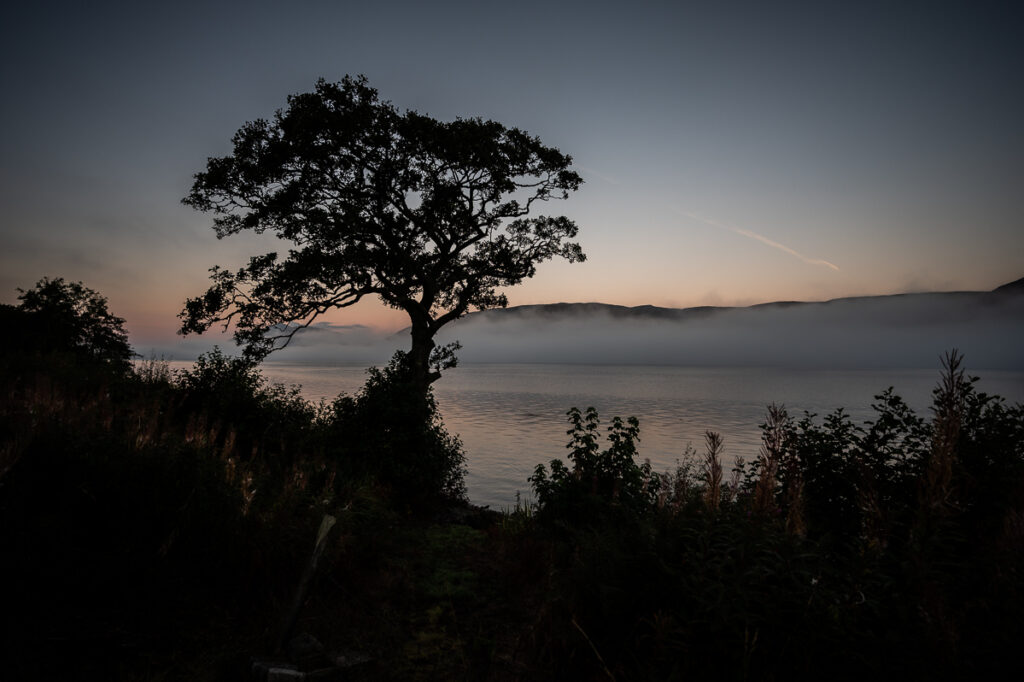
From Fort William we went to London (by train) via Glasgow – the clever people at Scotrail ‘forgot’ to tell us that the timetables had been altered since we booked our tickets in March – so we arrived at Glasgow to see our train leaving! This left us with a four hour wait so we had another quick browse around the city…
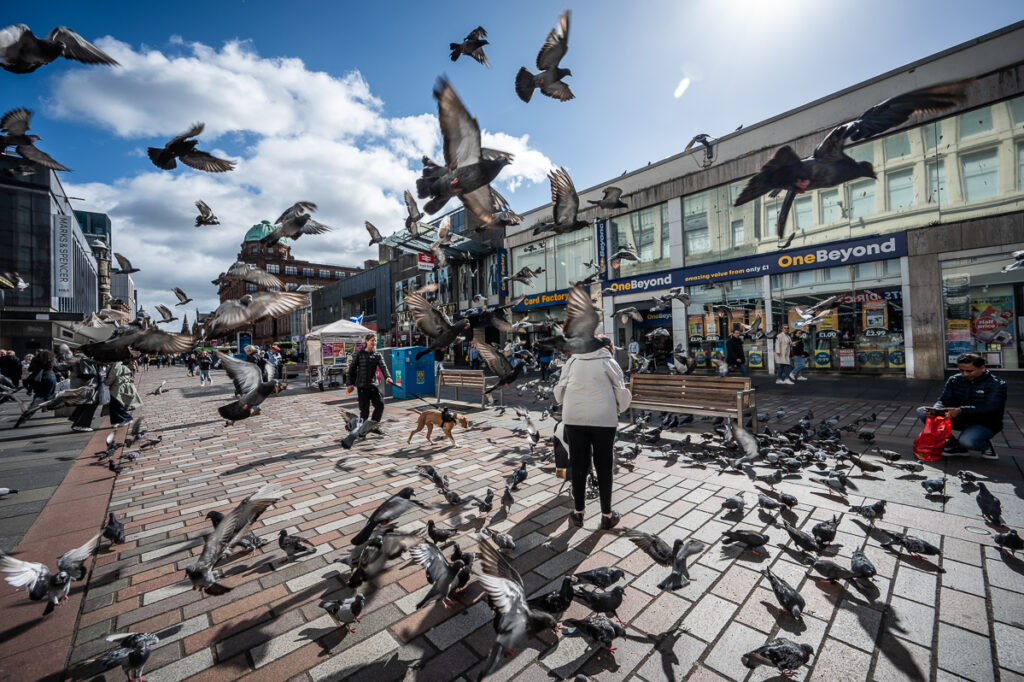
…before getting on the Euston express and setting off for London.
We haven’t actually visited London since 2010 so it’s expected that things will have changed….I was quite impressed when I discovered that they still use Routemaster busses on two of the regular city routes – the 9 and the 15 – these are not just for tourists !!
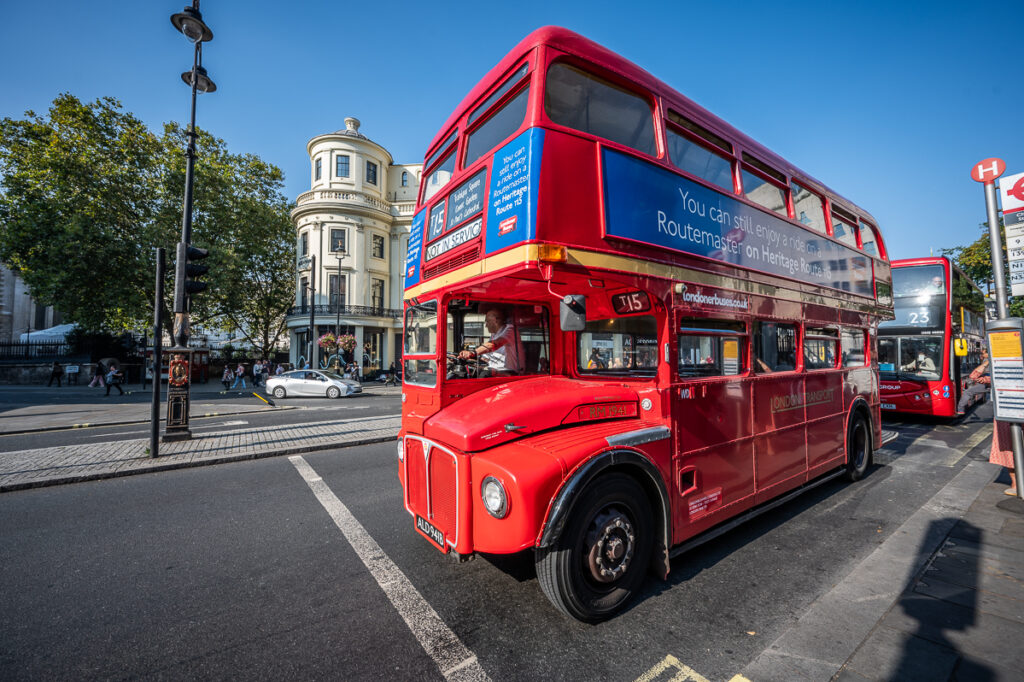
In addition to visiting places with stunning new architecture, we had also planed to visit older existing spots – like Tower Bridge – imagine our surprise when 5 minutes after we arrived, it opened for us (And it only does this around 35 times a year, so we were VERY lucky to see it happen)
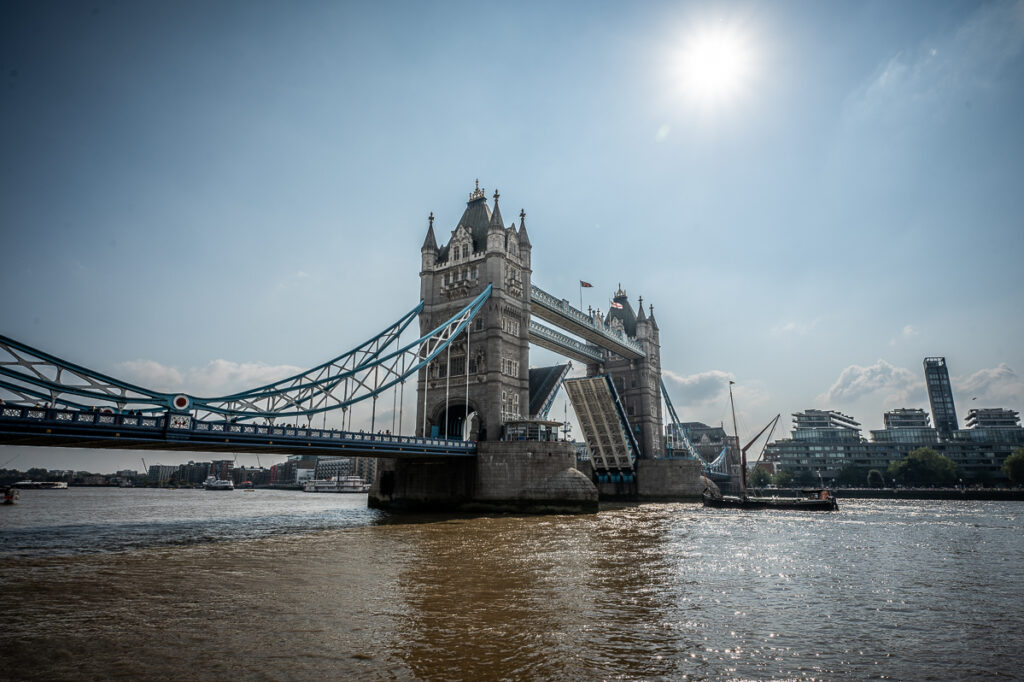
After Tower Bridge we set off for the financial district, The City – lots to see there…
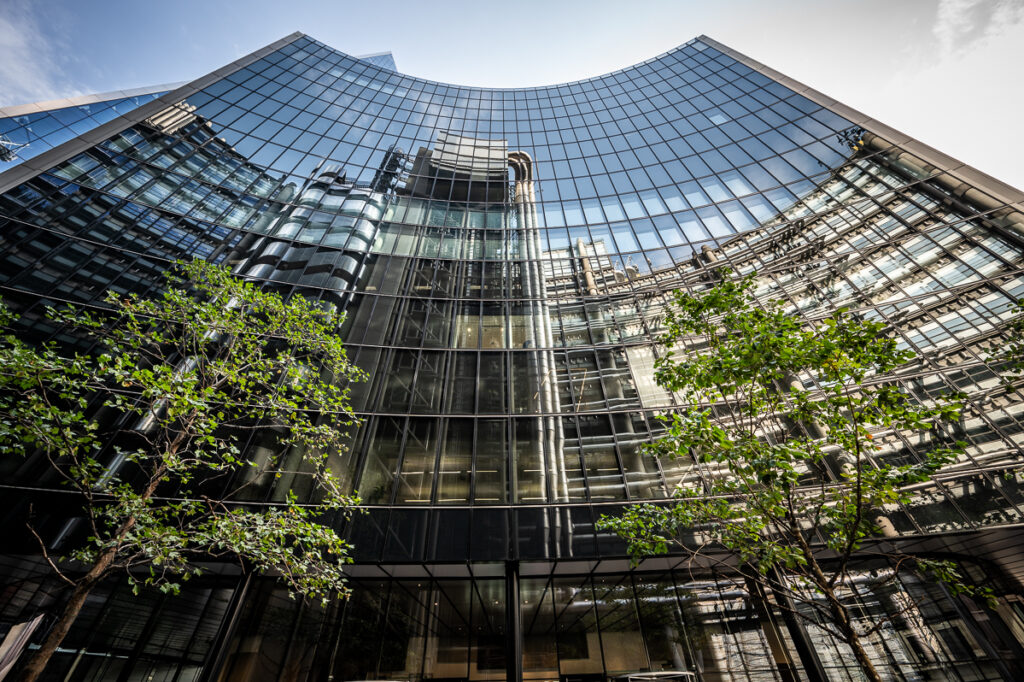
(The Lloyds building reflected in the building opposite)
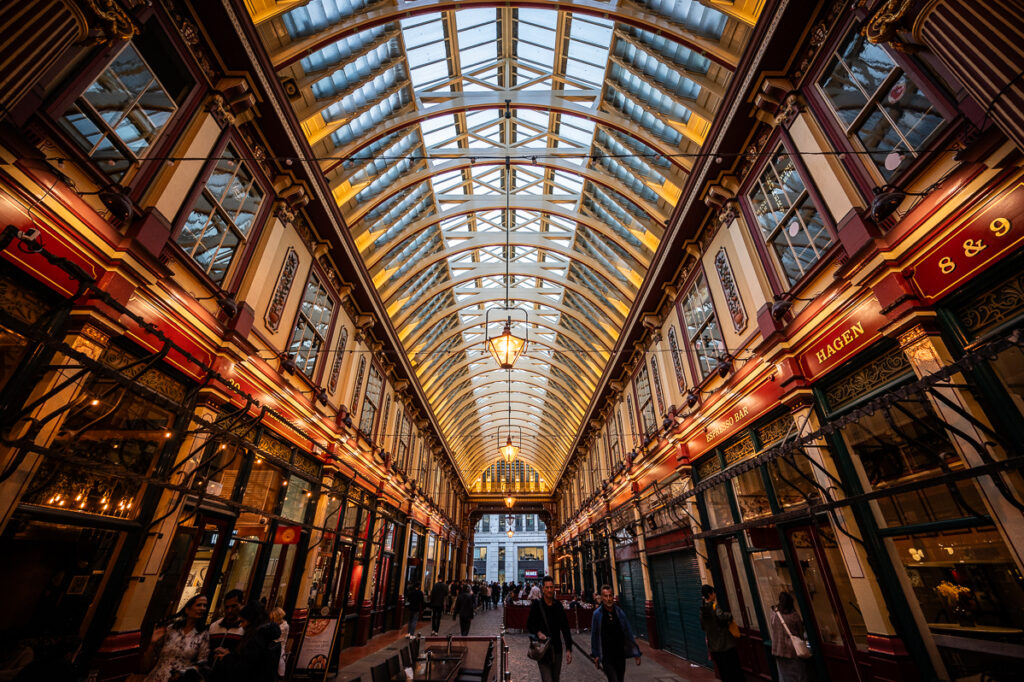
Leadenhall Market, no longer a fruit and veg market, was very beaufiful too…competing against much more modern structures!
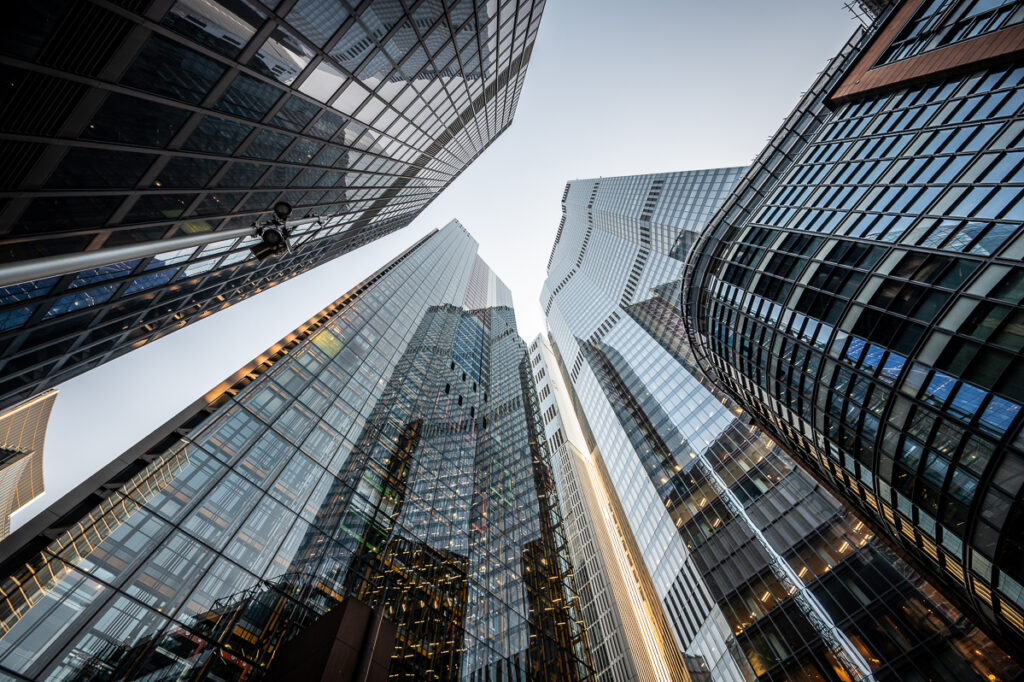
We also visited Kings Cross station – not to board a train, but to look at the ceiling!
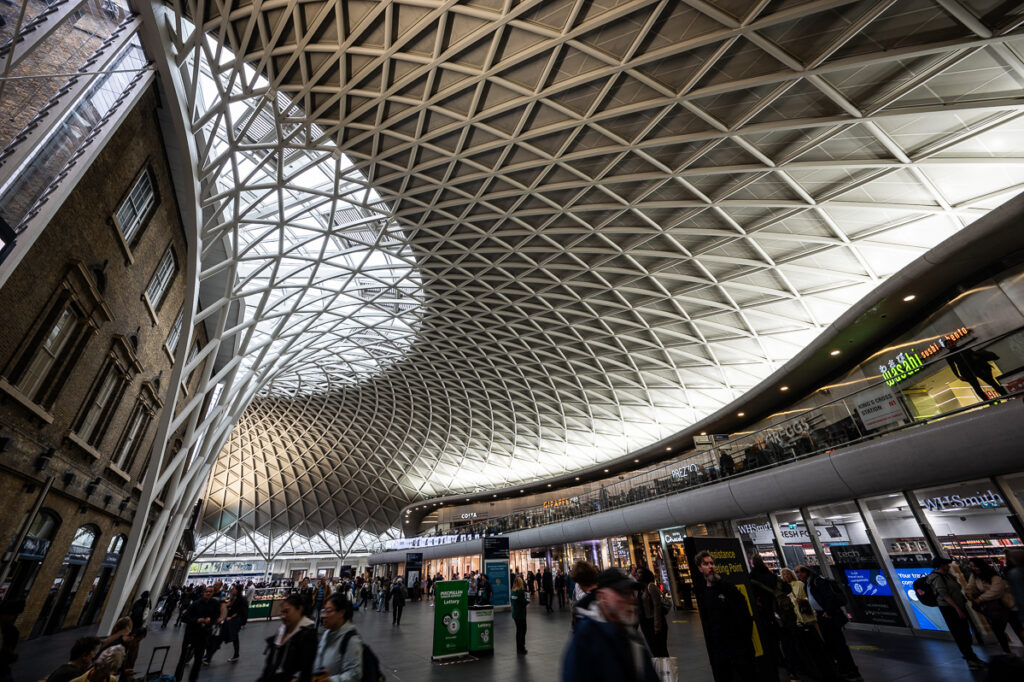
Then after a short walk along the Regents Canal, Camden Town and Lock – what a place !
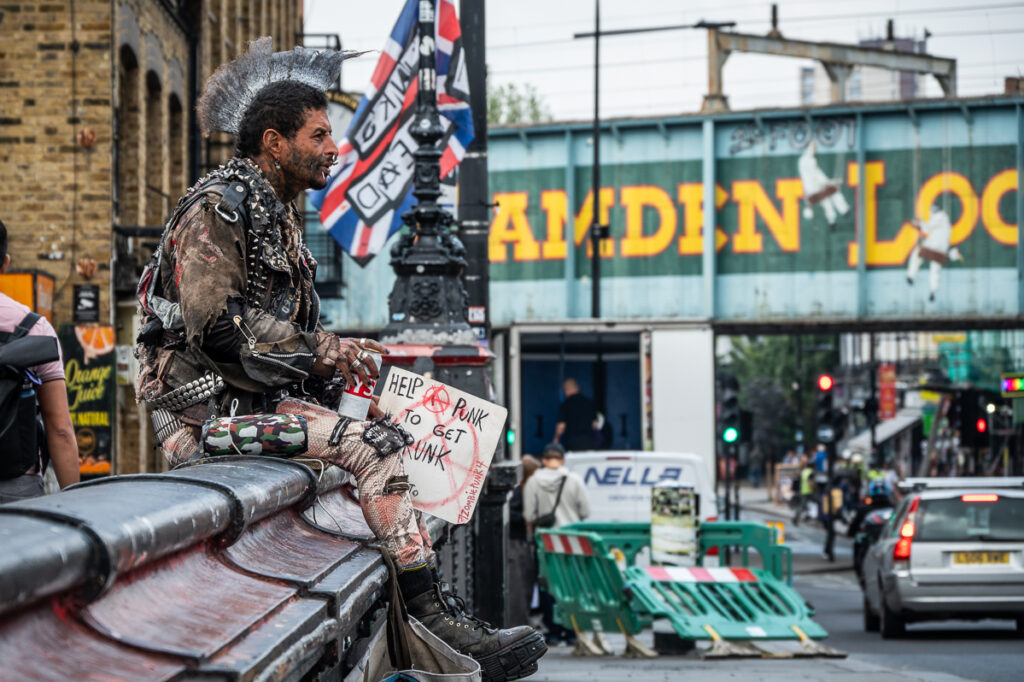
A great holiday, which just makes us want to go back again – primarily to Western Scotland, but I’d give other places a go too! (If I had the chance)
A complete album is available here – enjoy.
